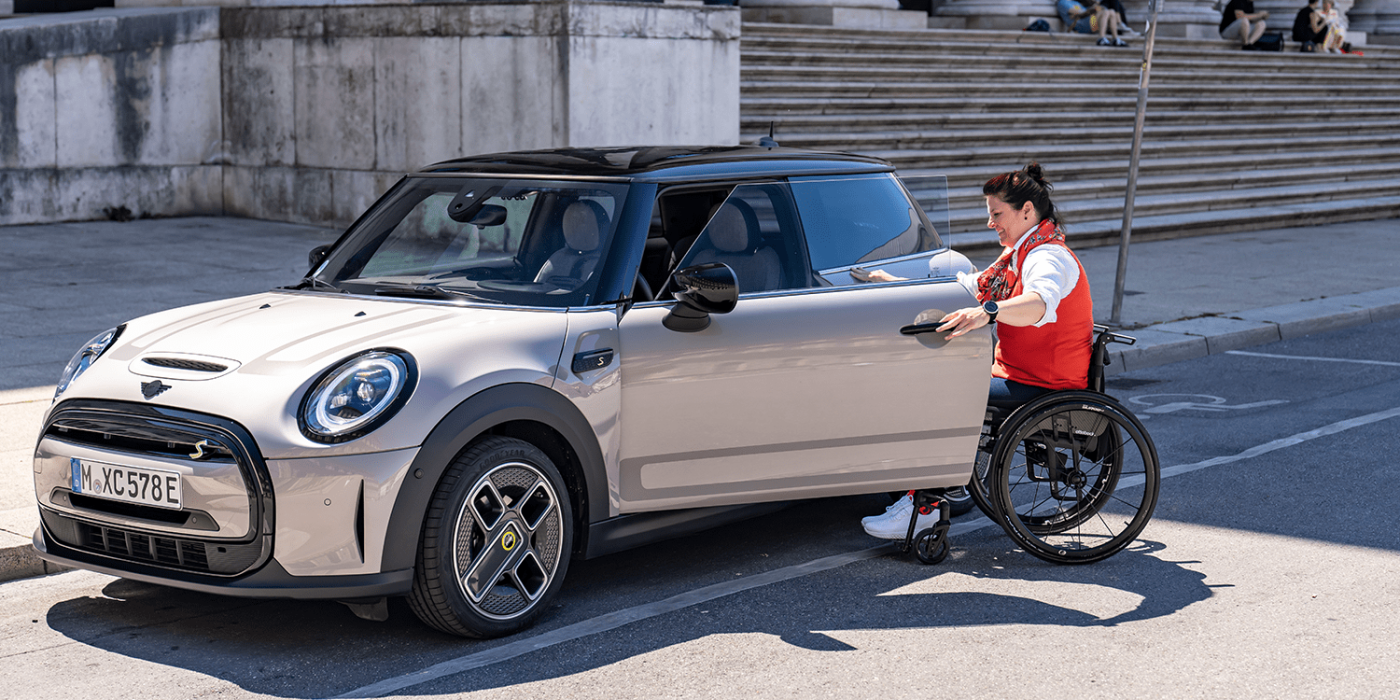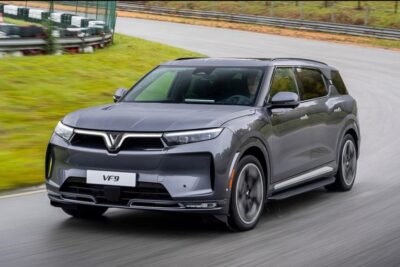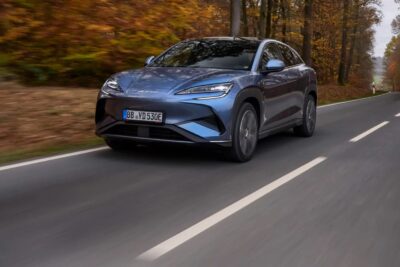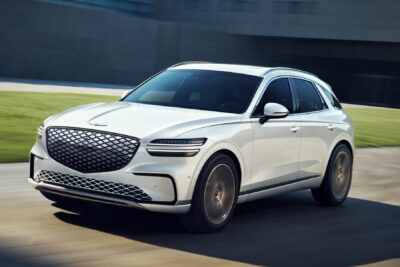Mini Cooper gets driving and control aides
In future, people with limited mobility and fine motor skills will also be able to drive the all-electric Mini Cooper SE, as the model is now being offered with appropriate driving and operating aids.
People with disabilities will now be catered to with a so-called throttle ring on the steering wheel, a handbrake knob next to the steering wheel and a removable pedal cover. The closed throttle ring for electrically driven vehicles sits in the inner circle of the steering wheel and thus enables comfortable manual operation of the throttle function by hand pressure. Due to the shape of the throttle ring, it is possible to keep both hands on the steering wheel. Should another driver move the car without restriction, the throttle ring can be deactivated via a switch and can also be removed if necessary due to its wireless functionality. To make parking or smooth starts easier with the throttle ring (for example in a traffic jam), there is a special setting for a reduced throttle characteristic.
The brake lever is placed on the right below the steering wheel and is supposed to be operated with minimal effort. There is no linkage in the Cooper SE via which the lever operates the original brake pedal. BMW even goes so far as to separate the pedals from the footwell with a cover so that they cannot be operated accidentally. As with the throttle ring, the cover can simply be removed for another driver, allowing the car to be driven with the original pedals.
The solution was developed, among others, with the help of driving safety instructor Tina Schmidt-Kiendl who uses wheelchair. “The design of the MINI Cooper SE is very accessible as it is. With the dual recuperation, you have full control for instant acceleration and braking,” said Schmidt-Kiendl after her test drive through Munich, during which Mini brand manager Stefanie Wurst rode in the passenger seat.
While the car worked well, the two women also noticed there was also a need to catch up with urban planning. The charging stations are often installed on the pavement and are difficult to access for people in wheelchairs due to kerbs or the display and charging socket being too high. “If we want society to be really inclusive, we have to listen to each other. We have to consider everyone’s needs – especially when it comes to technical innovations,” says Stefanie Wurst.





0 Comments